Ah, corporate America. In today’s fast paced world, it is common to put our health on the backburner in the name of productivity. A recent study has found the prevalence rate for neck and low-back pain to range from 42-69% among US office workers. If you happen to be caught in the rabbit race and feel like your body is rebelling, here are five tips to improve pain and get you back on track.
Move and Move Often
Exercise is the most effective strategy to reduce neck and low back pain caused from inactivity. The current physical activity guidelines from the United States Department of Health states that adults need 150 mins/week of moderate intensity aerobic exercise and 2 muscle strengthening sessions per week. Unfortunately, only one in five US adults adhere to these guidelines. To put things in perspective, 75% of America’s working population does not exercise. Yikes! At minimum, we should all be striving to hit these recommendations in order to, quite simply, live longer. Find an exercise that you can stick to and enjoy. That’s it. You don’t need to be able to run a marathon or squat 300 pounds, you need to move. While there is nothing inherently wrong with sitting, humans are not designed to sit all day. Do some chin tucks at the computer or bang out a set of air squats at lunch. If you’re able, set a timer for every 55 minutes during your work day. Going for a 5 minute walk every hour is a fantastic way to break up your day with some healthy movement. Your neck, low-back, and brain will thank you.
2. Consider a Standing Desk and other Ergonomic Utilities
This builds strongly off tip #1. Setting up your work environment to facilitate as much movement as possible is very important when trying to feel your best while at work. A standing desk is a great way to be able to recruit more muscle fibers and keep unwanted pressure off your joints. Many worry that they need the most perfect posture in order to ward off pain. While postural considerations are important, current research suggests that instead of focusing on the “best” posture, you should instead focus on working in positions that feel good to you. When we hurt after a long day at the computer, this is typically because we are simply in one position, for too long. Don’t be afraid to move around and switch it up. You can even bend your back a little, I promise.
3. Manage your Stress
We now move onto the elephant in the room. Stress is detrimental to all physiological processes, including pain. Our bodies often interpret psychological stress as physical insult. This means that stress can play a direct role in how our bodies move and feel. In fact, tension-type headaches are often caused by overactive muscles in your head/neck as a response to stress. Research also suggests a strong link between low-back pain and psychological well-being. I’m not saying that all of your aches and pains are in your head, but I am saying that our perspective on our circumstances can directly impact our physical wellbeing. How can we combat this? Breathe. A five minute breathwork session can do wonders for stress levels. Go for a walk during the day, outside preferably. Tell someone you love them, Pray or meditate. Prioritize relationships that fill your cup rather than drain it. And lastly, turn the phone off at the end of the day. It can wait until tomorrow. Limiting screen times before bed can make a huge difference in our sleep quality, which can pay huge dividends in how we feel throughout the day.
4. Eat Like a Human
What we put into our bodies have a direct correlation with how we feel, and surprisingly, our tolerance to pain. Globally, poor dietary intake is one of the top modifiable risk factors for morbidity. Chronic pain can be associated with elevated weight, poor nutrient intake, and other results of a low quality diet. Having a diet centered around non or minimally processed foods can play a crucial role in your health as a whole. Quality food intake can directly impact nervous, immune, and endocrine function, directly affecting pain experiences. If you find yourself struggling to get proper nutrition during the workday, consider meal prepping during the weekends. This cost effective strategy is a great way to get in quality food without having to stress (see #3) during the week. Focus on quality animal proteins, quality fats, and lots of fruits/vegetables high in antioxidants. This will lower inflammation levels, leading to, you guessed it - decrease in pain perception. Oh, and please drink enough water. Dehydration can cause a far greater increase in sensitivity to pain along with other negative health outcomes.
5. See a Chiropractor
While all the tips above are a fantastic way to reduce pain experienced throughout the work week, supplementing with Chiropractic care is a great way to quickly reduce pain and restore function. Here at Restorative Wellness Center, we prioritize patient-centered care, meaning we meet you where you are at and make a plan with you to get you feeling at your best. Conditions we see here at the office related to office work include low back pain, neck pain, carpal tunnel syndrome, tension headaches, and much more. The chiropractic adjustment, along with other modalities utilized in the office are a great counterbalance to prolonged sitting, increased stress, and any other curveballs that life throws your way. We will even give you more specific exercises and recommendations to take home and to work based on your needs.

